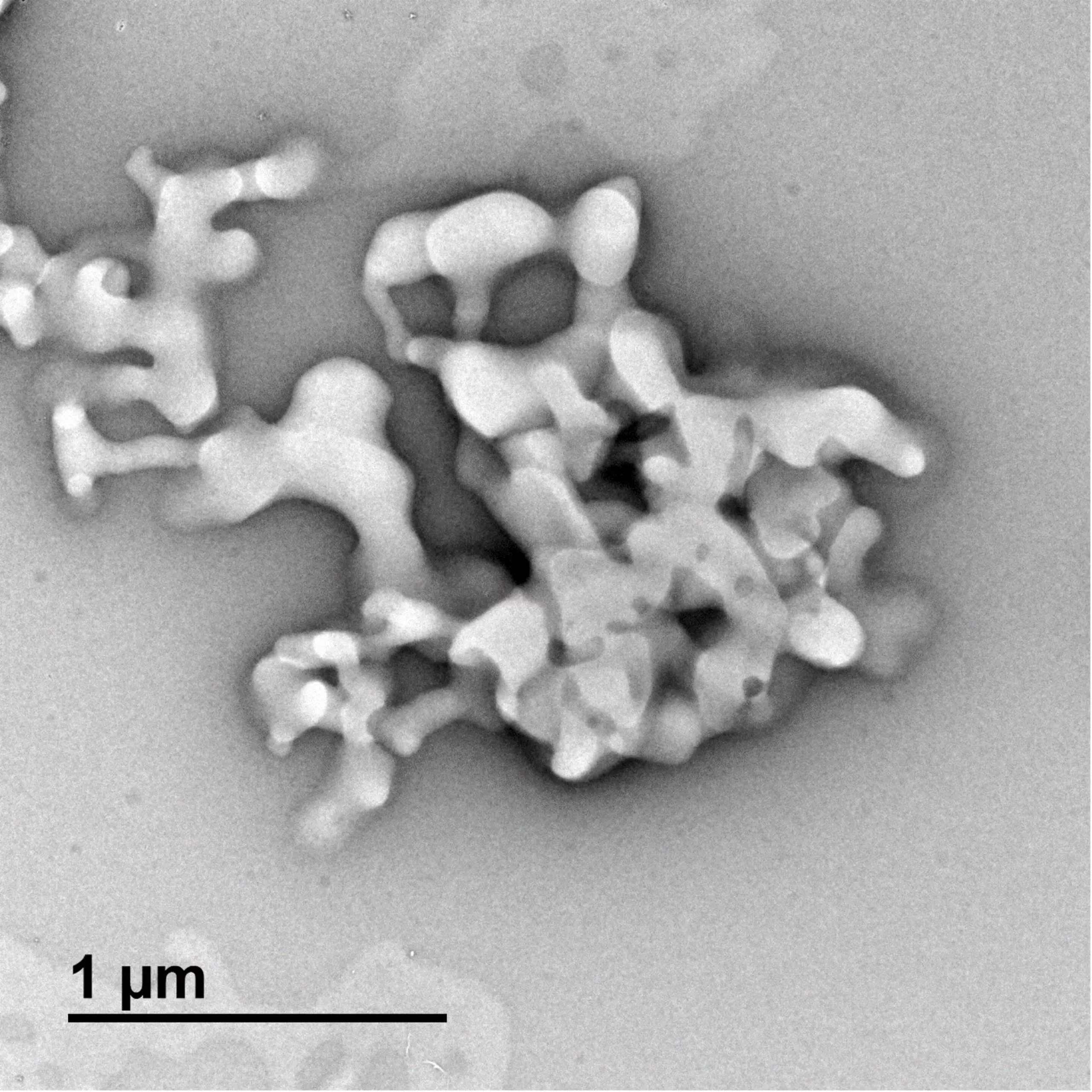A groundbreaking approach to inhibiting DNA-cleaving enzymes has been uncovered by researchers at Kobe University, shedding light on a potentially effective method for combating the growth of Streptococcus bacteria. Enzymes serve as essential tools within the body, facilitating myriad reactions. However, harmful bacteria like Streptococcus possess DNA-cleaving enzymes that play a pivotal role in their survival, causing conditions such as toxic shock syndrome. When the body’s white blood cells attempt to ensnare these bacteria using DNA nets, Streptococcus deploys its DNA-cleaving enzyme to dismantle the nets. Developing drugs that target this enzyme has been a primary focus in the fight against such diseases, yet finding a specific inhibitor that does not harm the body has proven elusive. Kobe University’s biochemical engineer Maruyama Tatsuo and his team have made a significant breakthrough in this endeavor.
Maruyama and his colleagues stumbled upon an unexpected observation while studying a drug known as “Mn007” – it had the ability to inhibit a bovine DNA-cleaving enzyme resembling the one utilized by Streptococcus. Notably, they found that only aggregated forms of Mn007 exhibited inhibitory properties against the enzyme. This unique mechanism of inhibition prompted the researchers to investigate the potential of Mn007 as a treatment for streptococcal infections. Their findings, detailed in the journal JACS Au, are both promising and intriguing. The team confirmed that enzyme inhibition solely occurred with aggregated Mn007, and that this effect was specific to the DNA-cleaving enzyme in question. Importantly, they ascertained that the inhibition was not a result of interactions with DNA or other substances.
Subsequent experiments demonstrated that Mn007 could effectively inhibit the bacterial enzyme, laying the groundwork for potential therapeutic applications against Streptococcus infections. Crucially, Mn007 displayed non-toxicity towards human cells, further bolstering its candidacy as a treatment option. By culturing the bacteria in human blood containing white blood cells, the researchers observed a significant reduction in bacterial growth in samples treated with Mn007. This pivotal discovery opens doors for further exploration and development in the field of bacteriology.
Despite this groundbreaking finding, numerous questions remain unanswered. While the researchers have identified a novel mechanism for enzyme inhibition through aggregation, the specific interactions driving this effect have yet to be elucidated. Maruyama notes that ongoing studies aim to unravel the intricate interplay between Mn007 aggregates and the DNA-cleaving enzyme to shed light on the underlying mechanism. Moreover, the overarching question of whether Mn007 can translate into an effective treatment looms large. The researchers emphasize that should Mn007 prove successful as a therapeutic DNase inhibitor, it would mark a significant milestone in medical science.
The discovery of Mn007’s inhibitory effects via aggregation represents a paradigm shift in the realm of bacteriology. The potential applications of this novel approach in combatting harmful bacterial growth, particularly in the case of Streptococcus infections, herald a new era in drug development. As researchers delve deeper into understanding the mechanism of action and exploring the therapeutic potential of Mn007, the prospect of a targeted and effective treatment for debilitating bacterial illnesses grows increasingly promising.


Leave a Reply